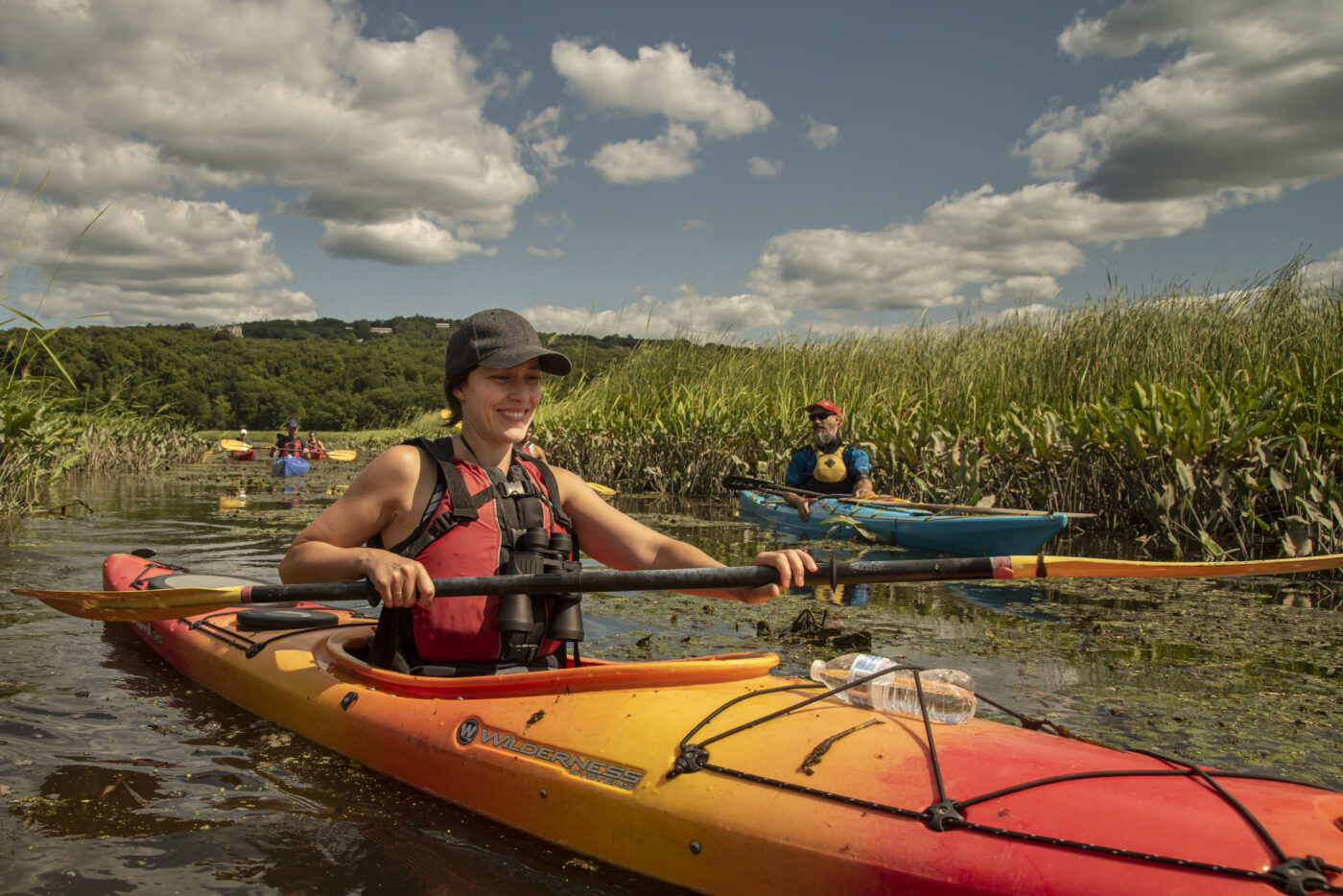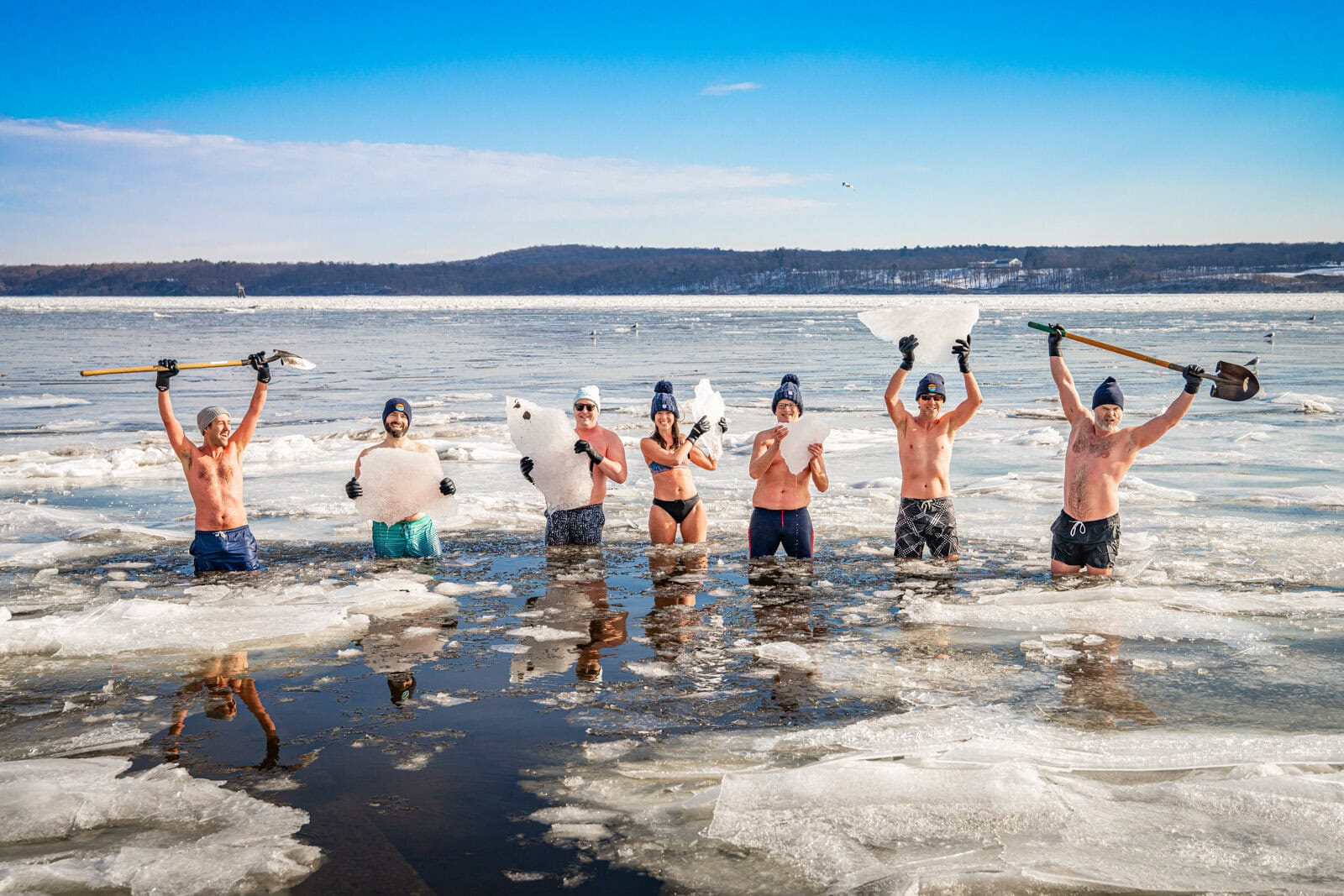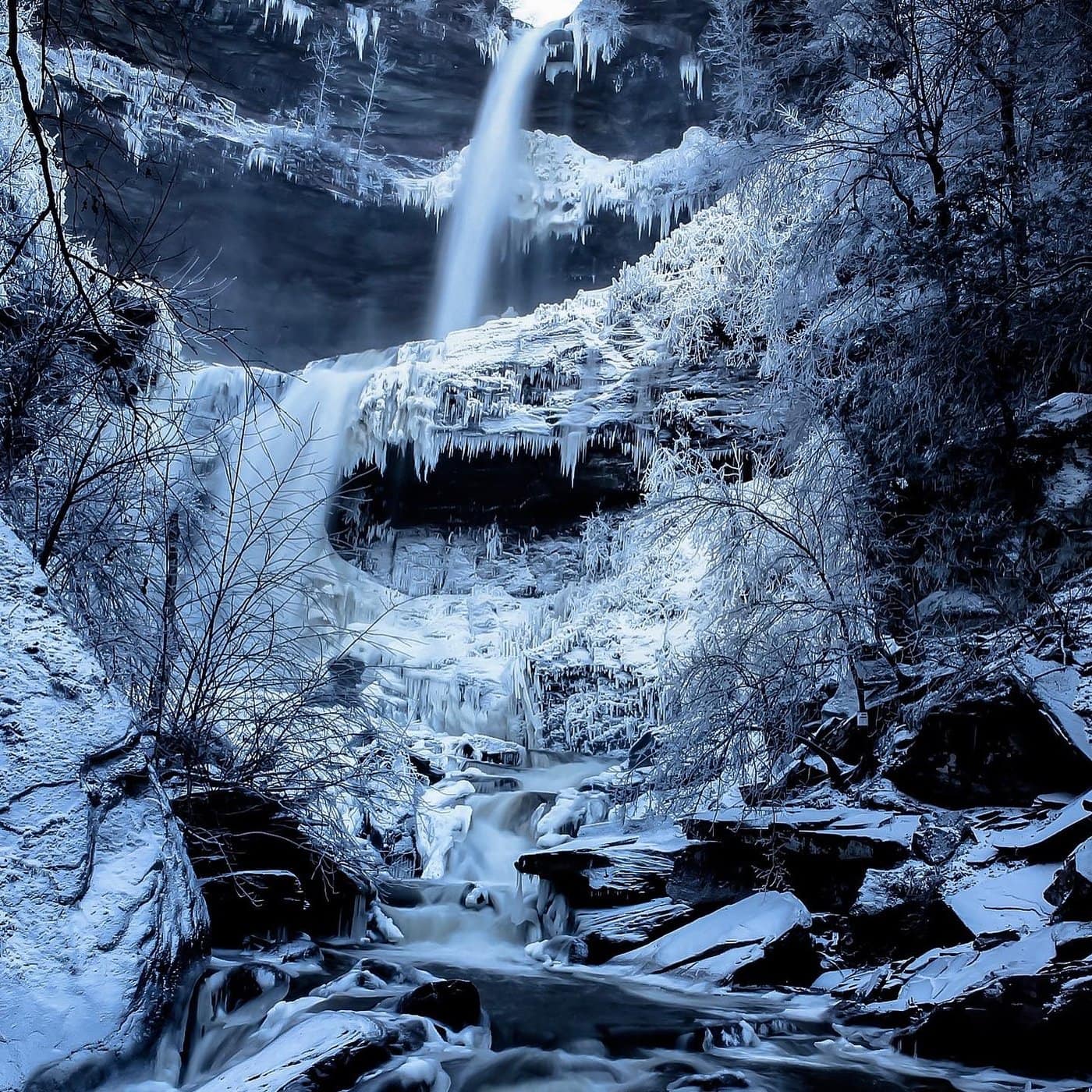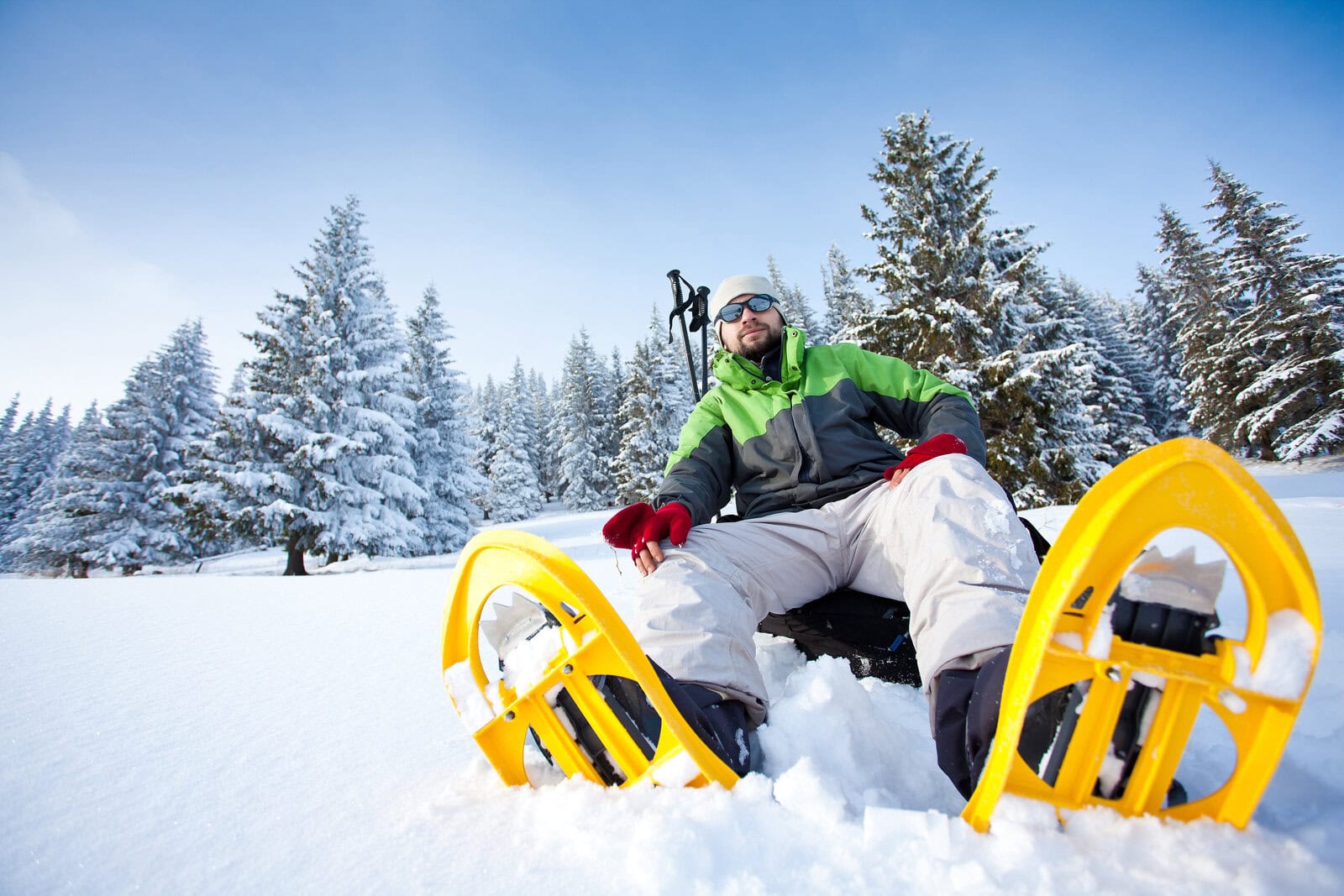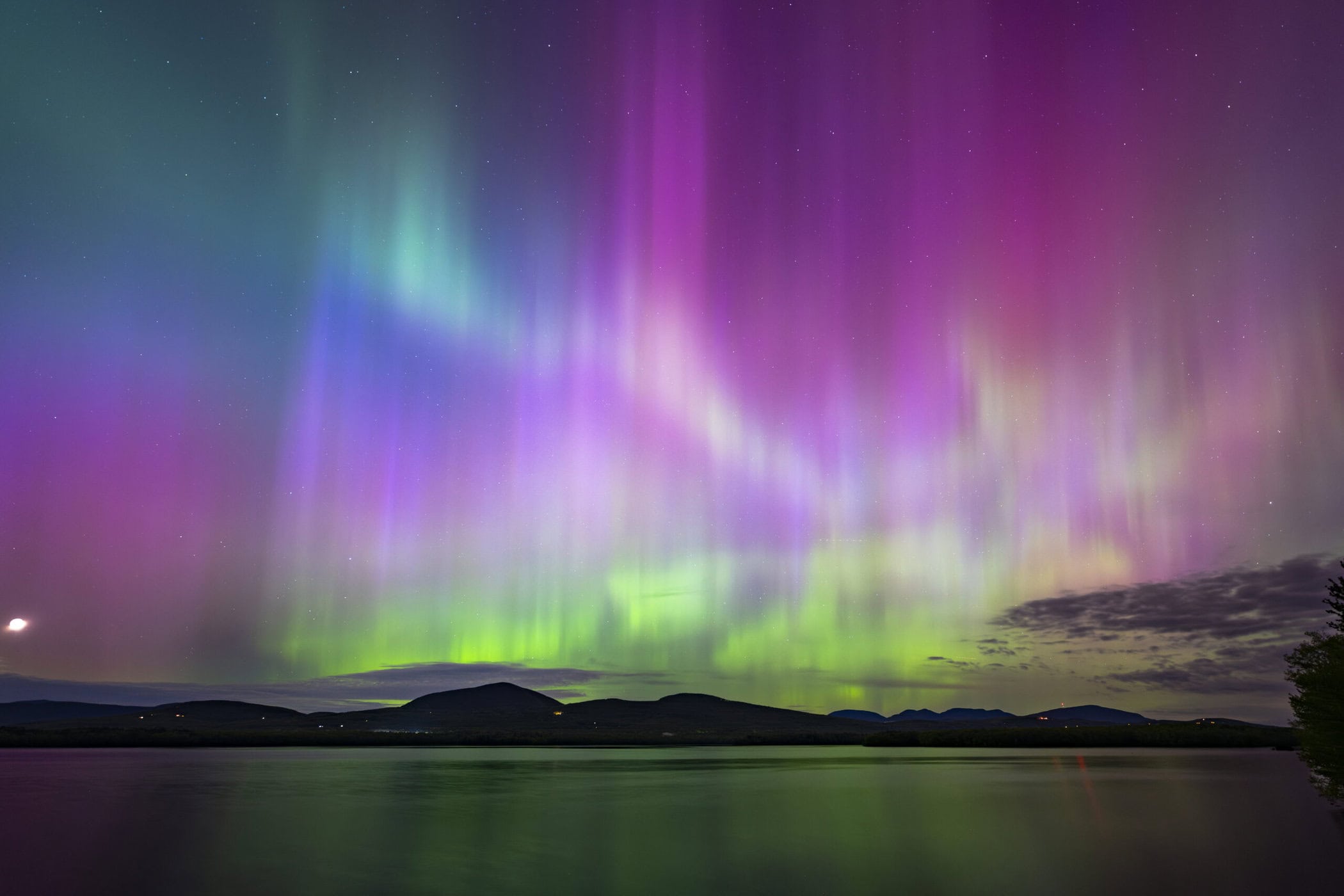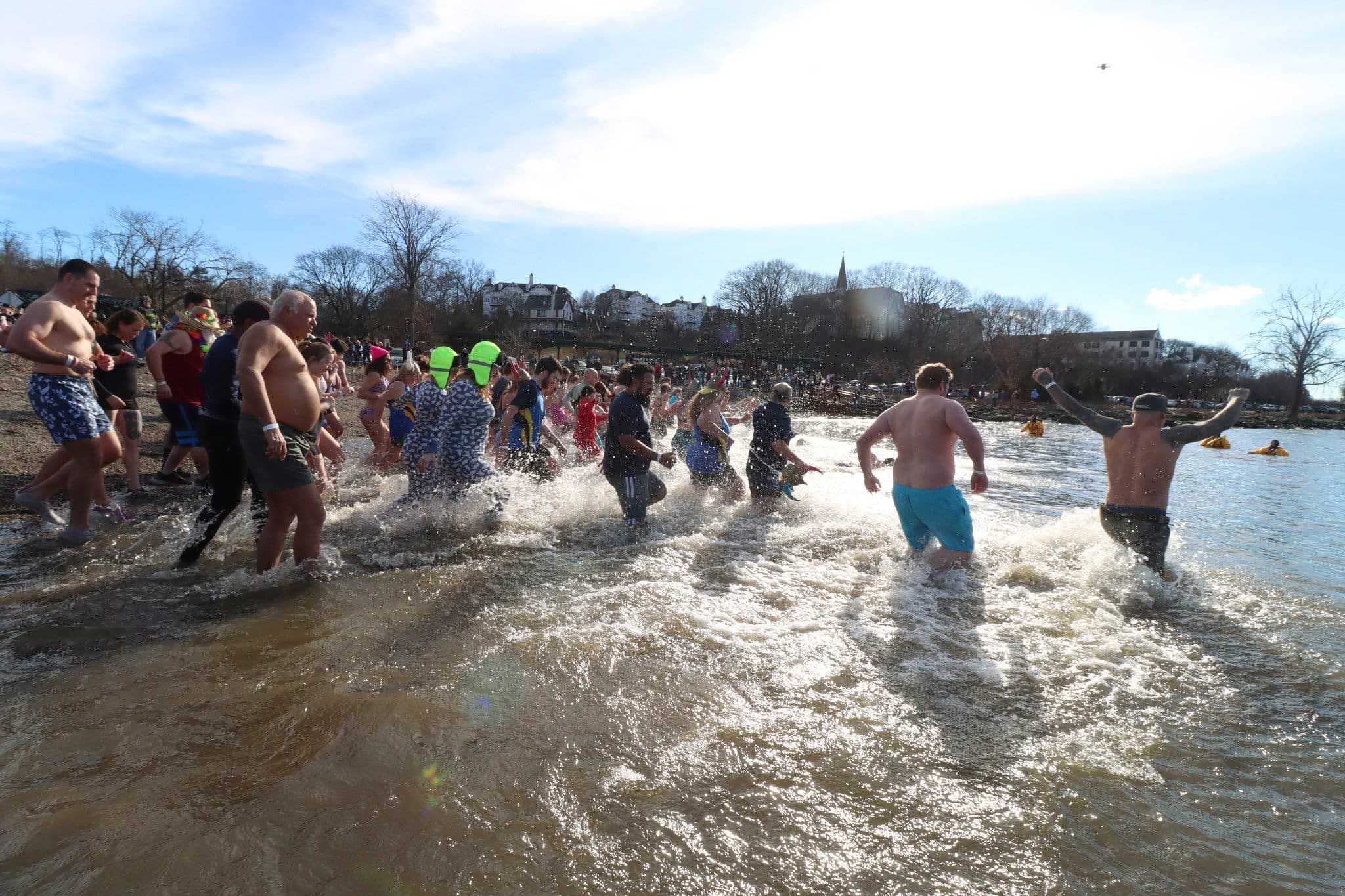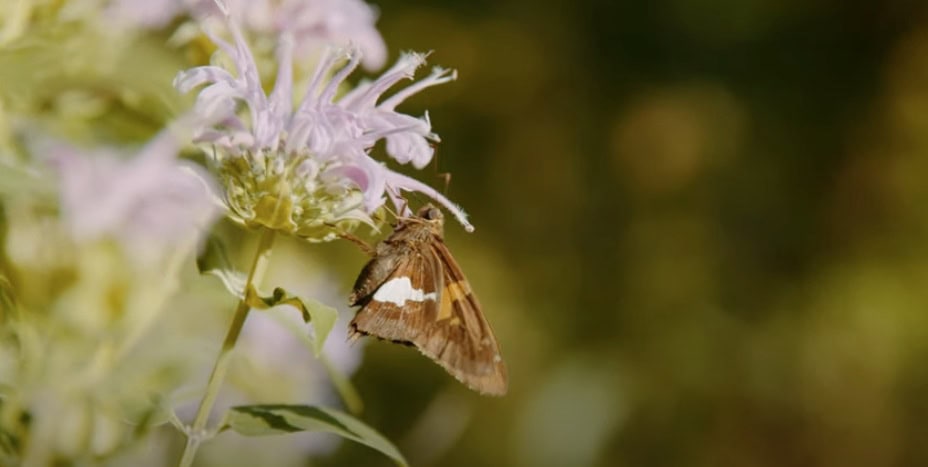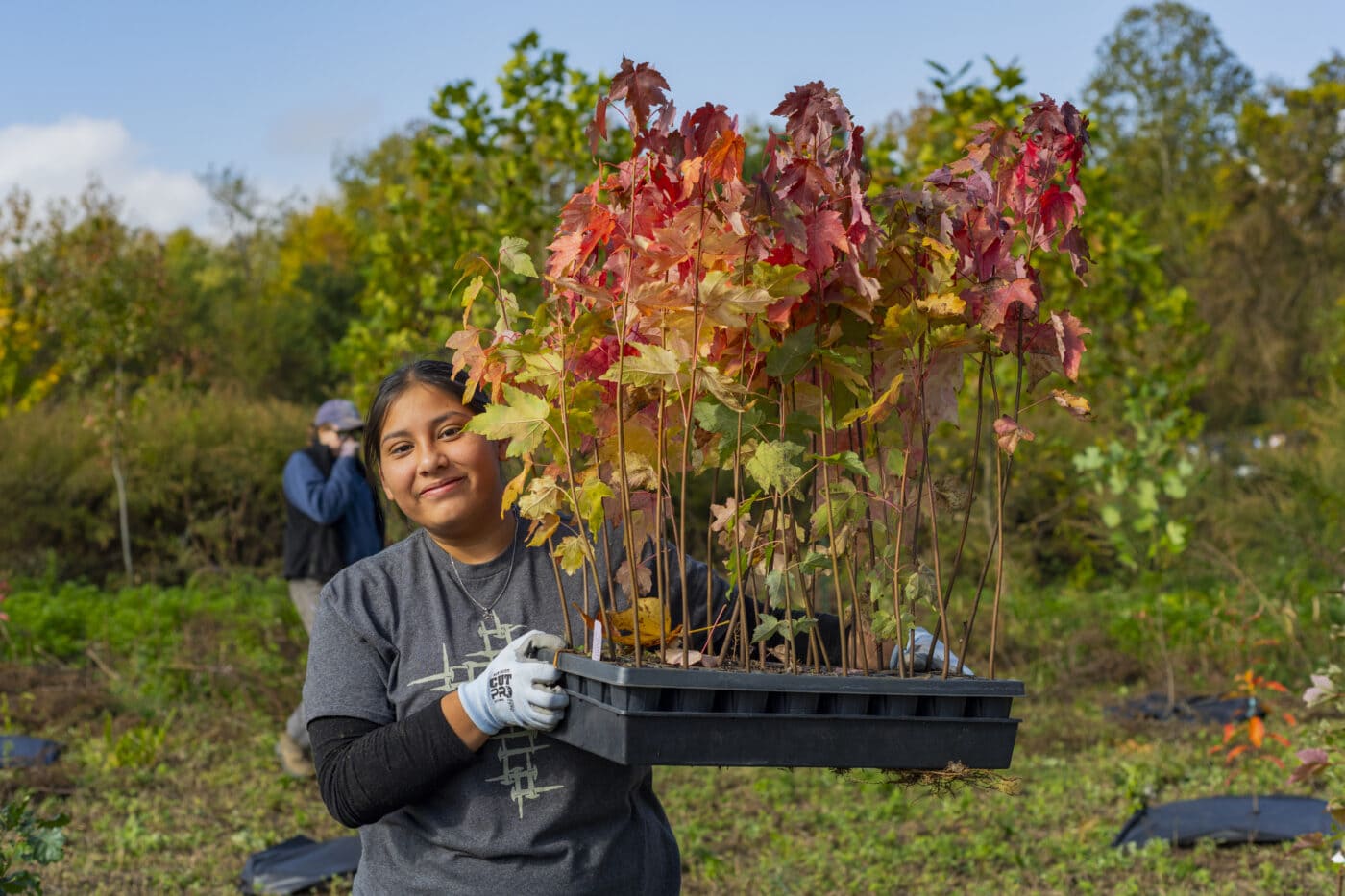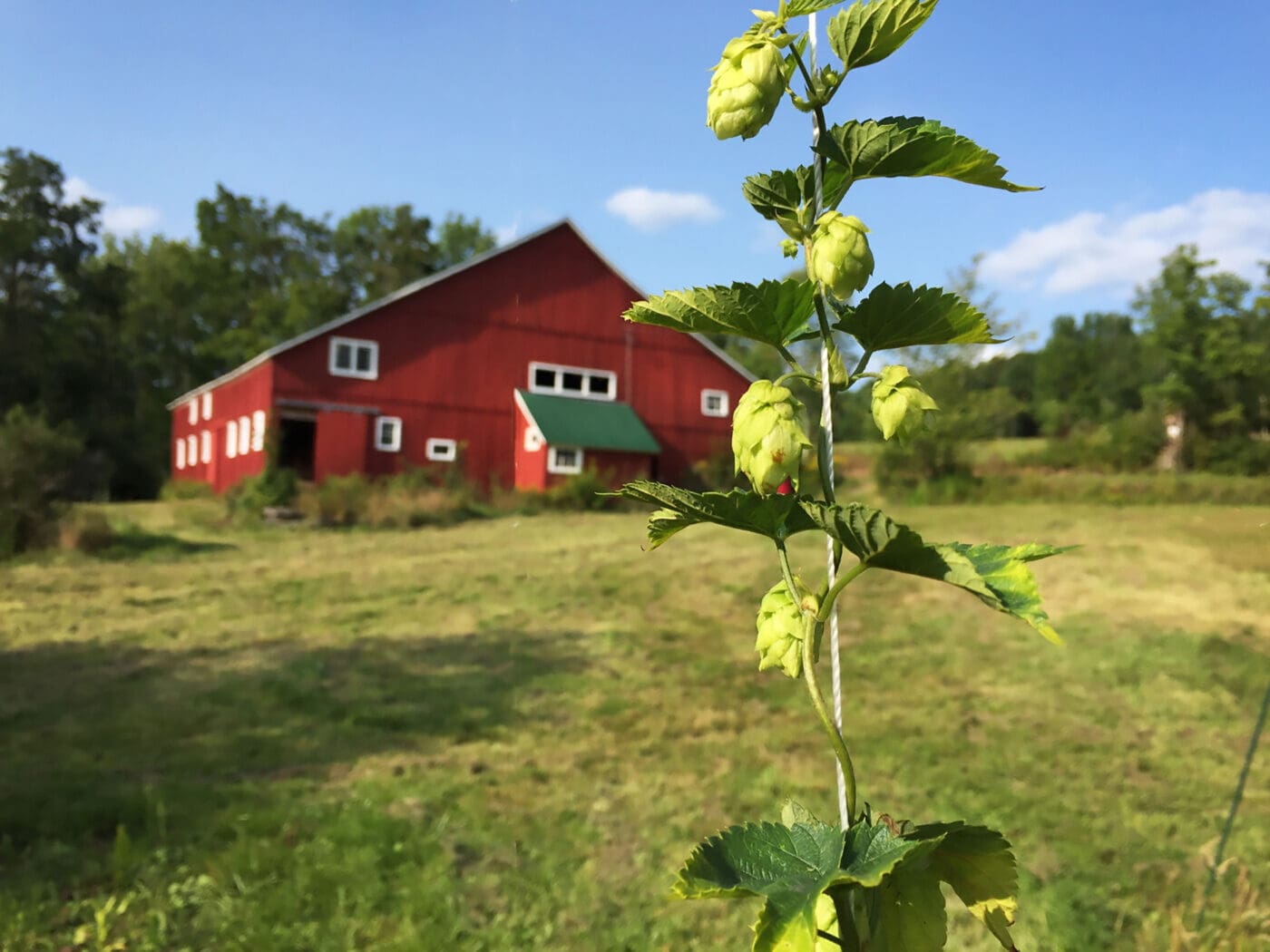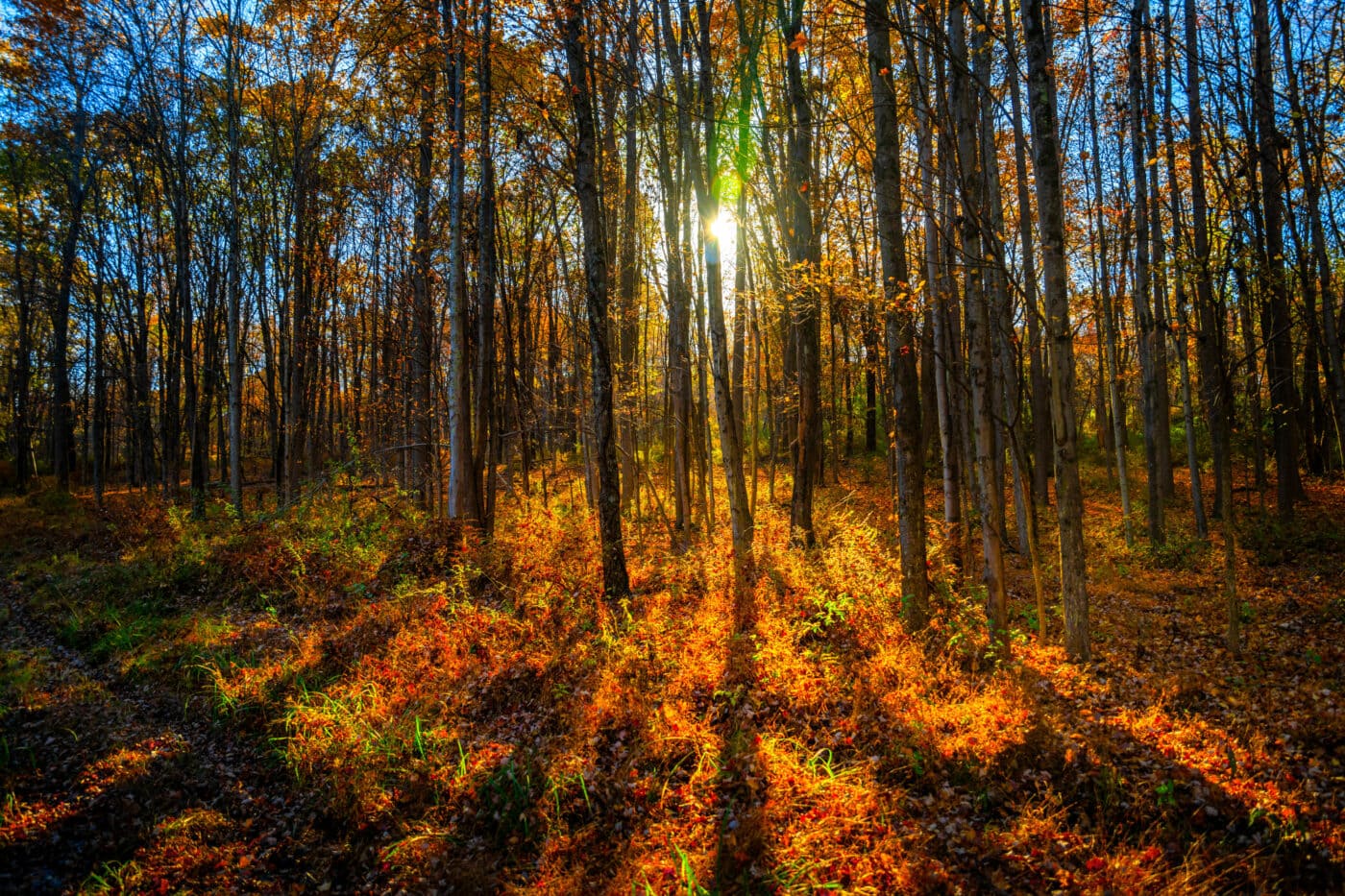When you think of a sport where age doesn’t matter, what comes to mind? For me, it’s kayaking. Over the years, I’ve had the privilege of paddling alongside people from every stage of life. In fact, I was introduced to the sport by a 72-year-old man who paddled regularly until his passing at 79. Most of the early paddlers I met were in their sixties, seventies, and even eighties.
At first, I assumed kayaking was primarily a sport for older adults — until I saw teenagers and twenty-somethings launching themselves off 100-foot waterfalls. I’ve witnessed elite athletes train relentlessly for Olympic and World Championship gold, and I’ve taken children as young as 4 out on the water for the first time.
That’s the beauty of kayaking — it’s a sport for all ages. It offers a variety of disciplines, each with its own unique appeal and accessibility. Which styles of kayaking are best suited for different age groups and locations, and is kayaking is more age-friendly compared to other outdoor sports? If you’re new to kayaking, the first step is finding a discipline that suits your body, goals, and environment. From recreational paddling to whitewater thrills, there’s something for everyone. Let’s explore matching kayaking styles to age and lifestyle.
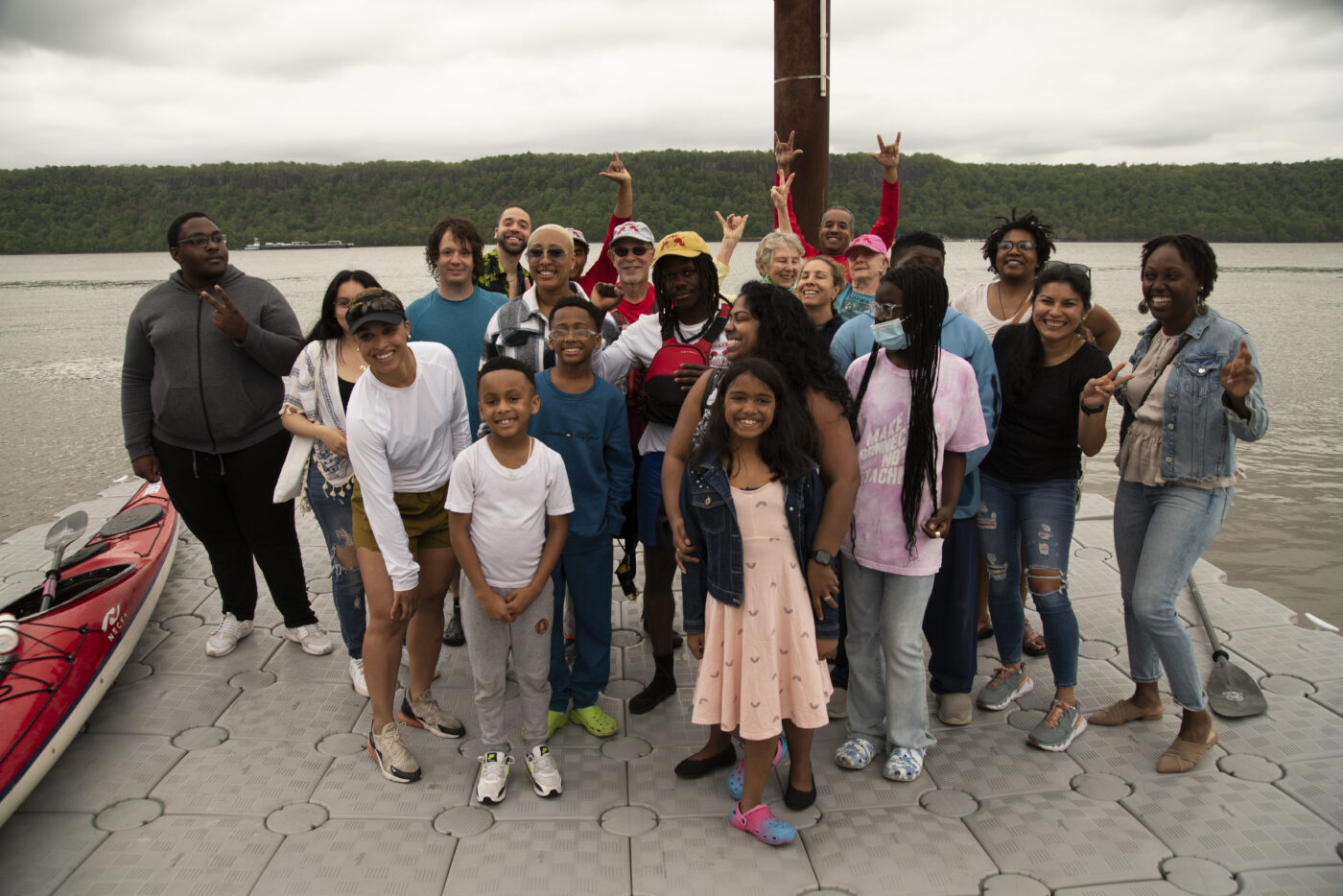
Sea Kayaking
Sea kayaking appeals to a wide range of ages, but it’s especially popular among paddlers between 40 and 80 years old. It’s relatively easy to learn, particularly on calm rivers and lakes. The discipline emphasizes endurance, navigation, and grace over brute strength or risk, making it less intense than whitewater kayaking. However, at advanced levels, especially in open ocean or rough weather, it can be incredibly demanding.
The cost of gear and the logistics of storing and transporting sea kayaks can be a barrier, which might explain why more seasoned paddlers dominate this space. Still, programs like the Hudson River Riders, based out of the Yonkers Paddling and Rowing Club, are working to change that by introducing teens and young adults to sea kayaking. Thanks to them, the average age at clubs like Yonkers (once around 55) is slowly dropping.
Greenland Kayaking
Often called the “mother of all kayaking,” Greenland-style paddling has roots in Indigenous Inuit traditions, originally developed for hunting whales and seals. Today, this graceful, low-impact discipline attracts an older crowd—many in their fifties, sixties, and even eighties.
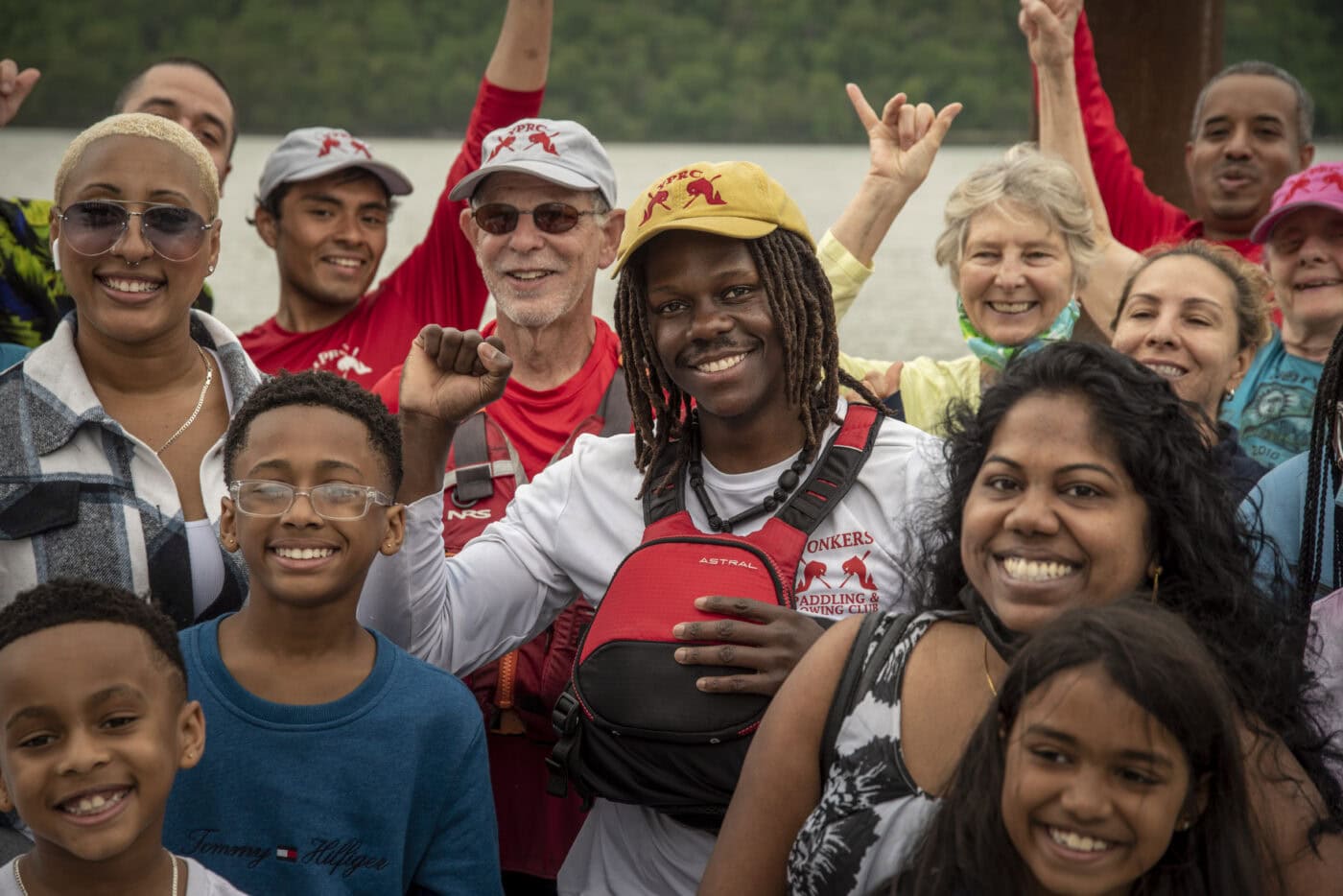
I’ve been to several Greenland kayaking festivals over the years, and the community is filled with experienced paddlers seeking longevity and a deeper connection to the water. One veteran once told me, “The blade is better for my joints. The older I get, the less impact I want to feel — and Greenland paddling does that for me.”
Whitewater Kayaking
Think of whitewater kayaking as the mountain biking of paddling — fast, risky, and full of adrenaline. The typical whitewater paddler is in their twenties or thirties, and the sport’s culture reflects that energy. I regularly travel to Asheville, N.C., to train with my friend Shane Benedict, and the community there is overwhelmingly young.
If you travel around the country and stop at any whitewater gathering, more specifically stand out events like the Green River Race in Saluda, N.C., or the GoPro Mountain Games in Vail, Colo., you’d see a showcase of elite paddlers in their teens and twenties. Two paddlers that come to mind are Nauria Newman, a former freestyle medalist from France who became the first woman to kayak off a 100-foot waterfall. The other is Dane Jackson, widely regarded as one of the greatest whitewater kayakers of all time, known for tackling some of the world’s tallest falls. They are both in their twenties and thirties. It is safe to say whitewater kayaking is predominantly for a younger audience.
Recreational Kayaking (Sit-on-Tops)
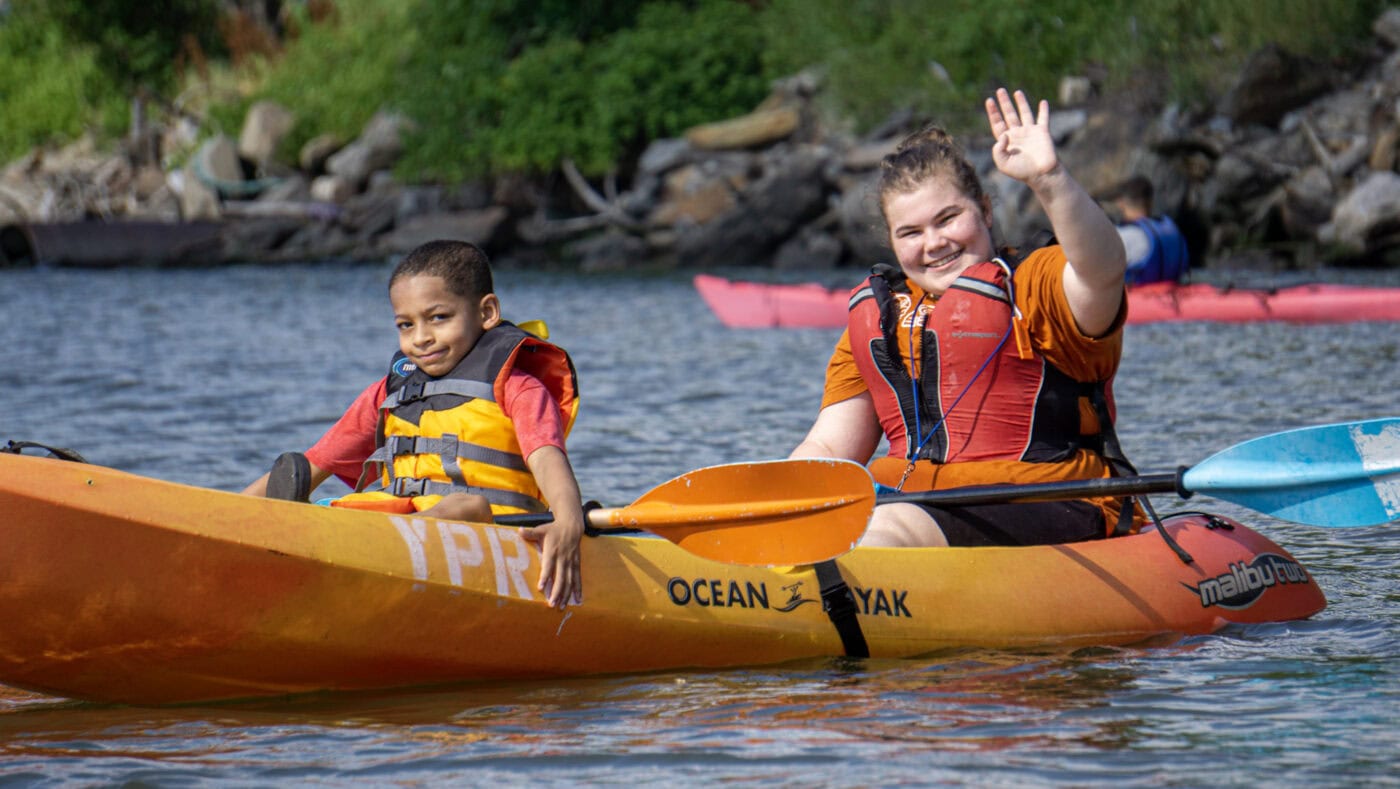
For families with young kids or beginners looking for something easy and fun, recreational kayaking — especially in a sit-on-top kayak — is an ideal starting point. SOTs are stable, hard to capsize, and often come in tandem or triple-seat models, so no one gets left behind. They’re especially great if you live near calm lakes or beaches. Older paddlers often prefer SOTs for their simplicity and ease of entry and exit, making them one of the most age-inclusive styles of kayaking.
Olympic and World Championship Kayaking
In disciplines like sprint kayaking, slalom, canoeing, and rowing, most competitors are under 40, with a majority in their twenties and thirties. These are high-performance sports that demand rigorous training and quick reflexes, drawing younger athletes at the peak of their physical capabilities.
Now that we’ve connected the different disciplines to age groups, it is time to raise the big question: Is kayaking more age-friendly than other outdoor sports? I’d say depends on who you ask. Loyalty plays a role in these kinds of answers.
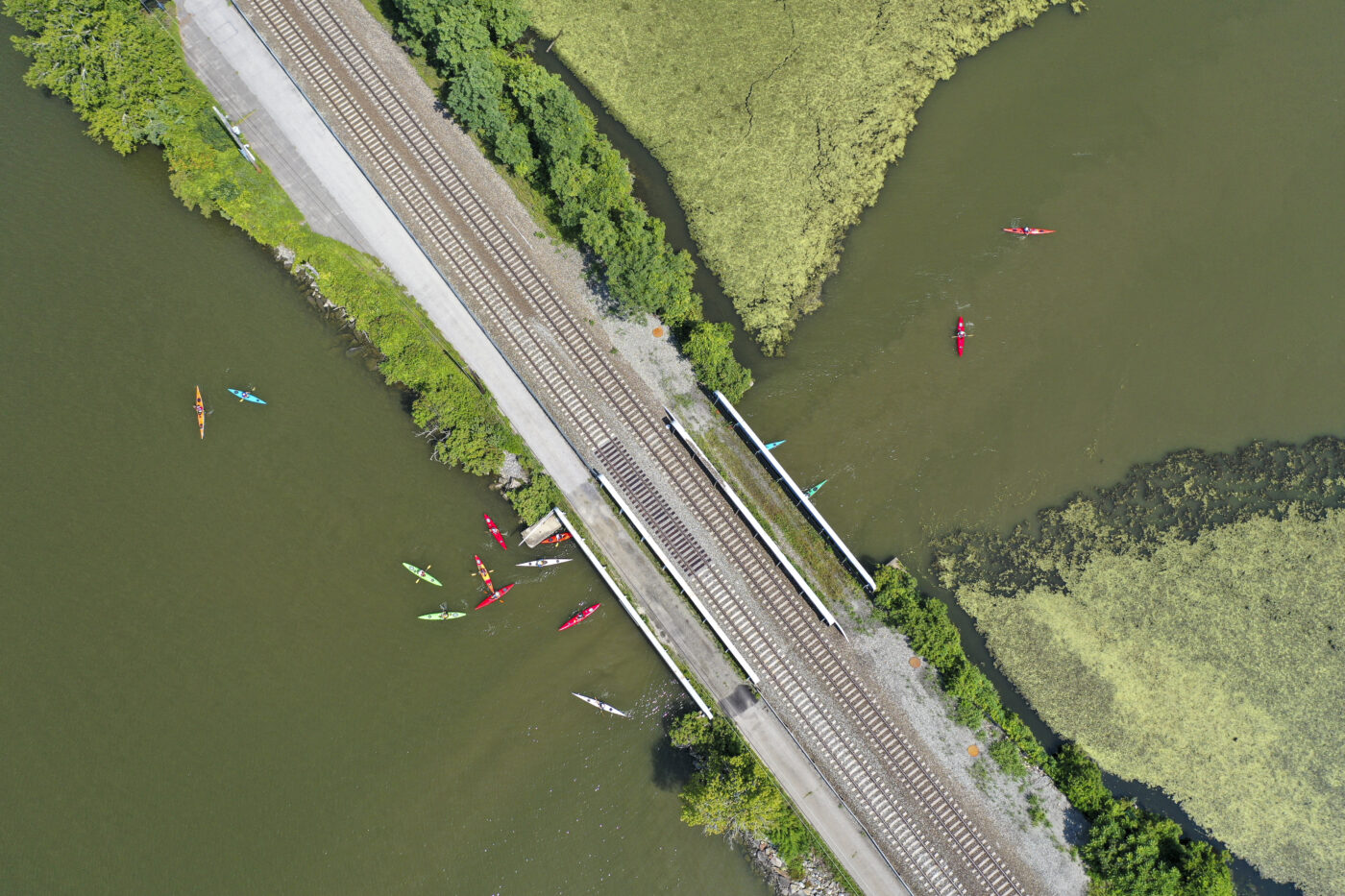
While all outdoor activities have physical and mental benefits, not all are sustainable over time. Hiking and walking are great low-impact exercises, but as mobility decreases, challenging trails can become difficult. Trail running is exhilarating but hard on the joints long-term. In contrast, various kayaking styles — particularly recreational, sea, and Greenland — offer a full-body workout with minimal impact.
Other sports that offer similar longevity include swimming, cycling, birdwatching, fishing, gardening, and Tai Chi — each gentle on the body while deeply nourishing for the mind and spirit.
Kayaking is one of those rare sports that evolves with you. Whether you’re chasing waterfalls in your twenties, exploring coastlines in your forties, or quietly gliding across lakes in your seventies, there’s always a place for you on the water. No matter your age or experience level, kayaking offers a path to adventure, peace, and connection — with nature and with others. And that’s something worth paddling for.


